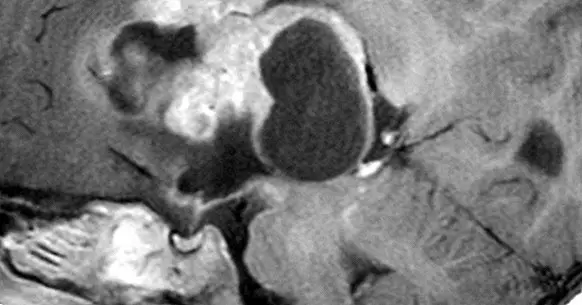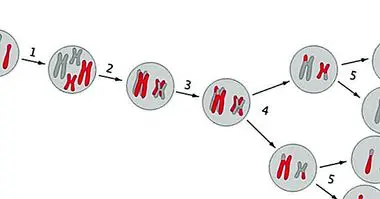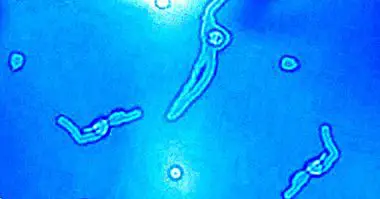Brain tumor: types, classification and symptoms
All that strange tissue that is born inside the cavity of the skull is called brain tumor, although these also sometimes appear in the meninges, the nerves and in the skull itself. For obvious reasons, they are one of the main health problems that affect the nervous system, given its potential severity.
In general, brain tumors are more recurrent during childhood , being some more common tumors to see at this stage of development, such as medulloblastomas. There are also those that occur mainly in adulthood, being the meningiomas and schwannoma distinctive of this stage.
Next we will review the main characteristics of this type of diseases, their symptoms and the types of brain tumors that are more frequent.
- Related article: "Types of cancer: definition, risks and how they are classified"
Symptoms of the brain tumor
The symptoms are variable, depend largely on the size of the tumor present, where it is located, and even the speed it presents with respect to its growth.
The constant headache would be the symptom par excellence in this condition. Other detrimental effects would be the following: various cognitive or sensorimotor disorders, increased intracranial pressure that generates vomiting, diplopia (double vision), birth of elipethogenic foci, etc.
Types of brain tumors and classification
Brain tumors can be classified in the following ways:
1. Primary and secondary
The primaries arise within the encephalon or spinal cord, and rarely produce metastasis (extension of the tumor to another part of the body); although it is probable that, as a result of this initial tumor, new ones emerge within the nervous system itself.
The secondary ones are born outside the nervous system and what is known as brain metastasis is produced. That is, it can arise as a result of some breast, lung, gastrointestinal, etc. cancer. It should be noted that this type of tumor is malignant and inoperable.
2. Infiltrants and encapsulations
The infiltrators are distinguished by the fact that there is no limit that establishes where they start and where they end, and in the encapsulations if it is possible to better distinguish what place it occupies.
Therefore, the former tend to be more dangerous, since as they extend, they tend to deteriorate the area in which they are located.
3. Benign and evil
There is a scale with various degrees of hierarchy , which lets you know when they belong on one side and when on the other. Those that are grade I are the least harmful (although they are also of considerable danger when they are removed), and those that belong to IV are those with the worst prognosis.
As usual, tumors that belong to category I and II do not metastasize , and the survival of those who suffer them is usually several years; while those that are III and IV if they cause metastasis and survival does not go beyond a few / several months.
Cancer in the nervous system: examples
Here you can see a brief description of several types of tumors that appear in the nervous system.
Gliomas
It is the name given to any tumor that arises from a considerable spread of neuroglias . They are malignant.
It is usually caused by an increase in astrocytes (thus generating astrocytomas); in some cases of oligodendrocytes (producing oligodendrocytomas as an effect) and glioblastomas multiforme, also known as grade IV gliomas.
- Related article: "Glial cells: much more than the glue of neurons"
Meningiomas
They are called tumors of non-glial origin that originate in the meninges, mainly in the subarachnoid space or in the dura mater. They are usually benign and have a good prognosis.
Medulloblastomas
In this way they are called malignant tumors that are most commonly born in the cerebellum of children due to the growth of germ cells that access the same or the lower part of the brainstem. It is of poor prognosis.
Schawnnomas
It is known in this way to the benign tumors that arise following the Schwann cells (whose main function is to produce the myelin that covers the axons in the Peripheral Nervous System). They can exist in both cranial and spinal nerves.
Bibliographic references:
- Antonio, P. P. (2010). Introduction to neuropsychology. Madrid: McGraw-Hill.



















